Impact crushers are vital for efficient stone material processing, but their performance and lifespan depend heavily on regular maintenance. Here’s a comprehensive guide to preserving their functionality, reducing downtime, and minimizing wear:

1. Regular Inspection of Wear Parts
Critical Components to Monitor:
- Blow Bars (Hammers):
- Check for uneven wear, cracks, or deformation after every 200–500 operating hours (depending on material hardness).
- Replace when wear reaches 30–50% of the original thickness to maintain crushing efficiency.
Impact Plates & Aprons:
- Inspect for grooves, fractures, or loose fasteners. Misaligned plates can cause uneven material distribution and increased vibration.
- Tighten bolts weekly and replace plates when the wear depth exceeds 10 mm.
Rotor & Bearings:
- Examine the rotor for balanced rotation (use a dial indicator to check runout < 0.5 mm).
- Replace bearings every 8,000–12,000 hours or at the first sign of noise or overheating.

2. Lubrication Management
Best Practices for Bearings & Moving Parts:
- Grease Type: Use high-temperature lithium-based grease (NLGI 2) with EP additives for bearings.
- Lubrication Schedule:
- Apply grease every 8–10 operating hours for heavy-duty applications (e.g., recycling concrete).
- For standard operations, lubricate every 20–25 hours.
- Caution: Over-lubrication can cause bearing overheating. Follow the manufacturer’s guidelines for exact quantities.
3. Feed Material Control
Prevent Damage from Improper Feeding:
- Size Limitation: Never exceed the crusher’s maximum feed size (e.g., 300 mm for a medium-sized impact crusher). Use a vibrating feeder with a grizzly screen to remove oversized rocks.
- Material Hardness: Avoid feeding materials with compressive strength > 250 MPa (e.g., granite, basalt), as they accelerate wear on blow bars.
- Contaminants: Remove metal debris (e.g., rebar, bolts) from the feed using an overhead magnetic separator to prevent rotor damage.
4. Vibration & Alignment Checks
Identify Issues Before They Escalate:
- Vibration Monitoring:
- Use a vibration meter to check amplitude levels (normal range: 2–5 mm/s). Excessive vibration (e.g., > 8 mm/s) may indicate:
- Unbalanced rotor due to wear unevenness.
- Loose components (e.g., blow bars, impact plates).
- Misaligned bearings or shaft.
- Belt Tension: For belt-driven crushers, adjust tension monthly to prevent slippage (tension should deflect 15–20 mm under finger pressure).
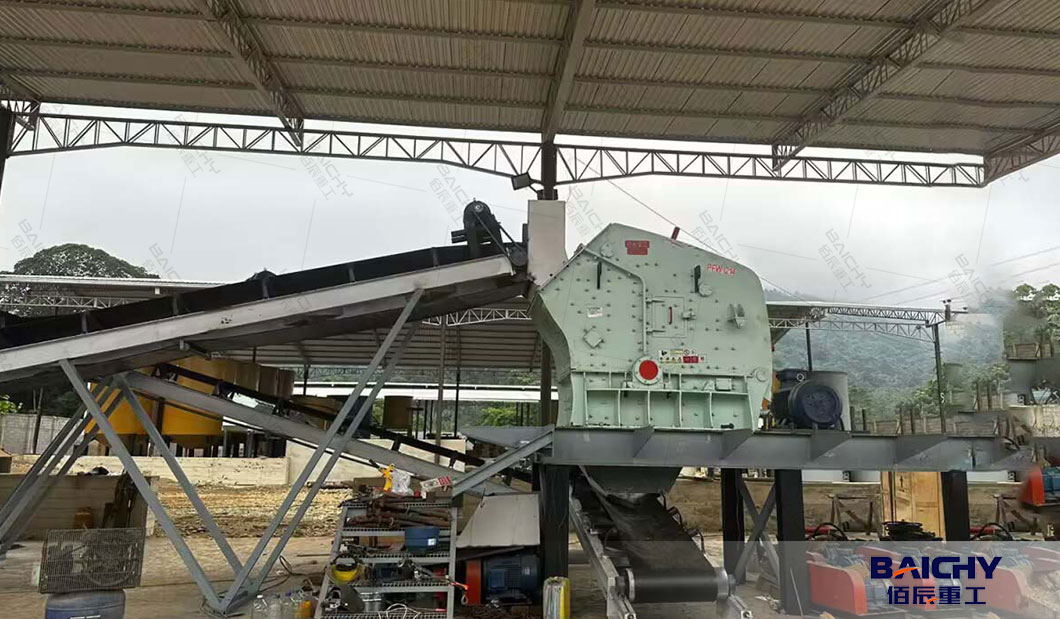
5. Cleaning & Debris Removal
Prevent Clogging and Corrosion:
- Daily Cleaning:
- Remove accumulated fines and dust from the crusher chamber, especially around the rotor and impact plates.
- Use compressed air or a brush to clear debris from the feed hopper and discharge chute.
- Corrosion Prevention:
- Apply anti-rust paint to exposed metal surfaces (e.g., the crusher frame) if operating in humid environments.
- Flush bearings with clean oil before long-term storage to remove contaminants.
6. Operational Best Practices
Optimize Performance Through Proper Use:
- Start-Up & Shutdown:
- Always start the crusher empty and wait for it to reach full speed before feeding material.
- Stop feeding 5–10 minutes before shutting down to clear the chamber.
- Load Control: Maintain a consistent feed rate (e.g., 80–90% of the crusher’s capacity) to avoid overloading. Use a variable frequency drive (VFD) to adjust rotor speed based on material hardness.
- Operator Training: Ensure staff are trained to recognize early signs of wear (e.g., unusual noises, reduced output size) and follow lockout-tagout procedures during maintenance.
7. Scheduled Component Replacement
Proactive Maintenance Plan:
| Component |
Replacement Interval |
Sign of Wear |
| Blow bars |
500–1,500 hours |
Edge rounding or cracks |
| Impact plates |
1,000–3,000 hours |
Deep grooves or deformation |
| Bearings |
8,000–12,000 hours |
Excessive noise or heat |
| Belts |
2,000–4,000 hours |
Cracking or reduced tension |
| Seals |
Annually |
Dust leakage or oil seepage |
*Note: Intervals vary based on material abrasiveness (e.g., quartzite reduces lifespan by 50% vs. limestone).
8. Emergency Shutdown Protocols
Respond Quickly to Avoid Catastrophic Failure:
- Shut down immediately if:
- Vibration exceeds 10 mm/s.
- Unusual metallic noises occur (e.g., grinding, banging).
- Bearing temperature exceeds 90°C (194°F).
- Post-Shutdown Steps:
- Inspect the crusher chamber for lodged materials or broken parts.
- Replace any damaged components before restarting.
9. Spare Parts Inventory
Minimize Downtime with Preparedness:
- Keep essential spares on hand:
- Blow bars (at least one set).
- Impact plate liners.
- Bearings (matched to the crusher model).
- Seals and gaskets.
- Source parts from the original manufacturer to ensure compatibility and quality.
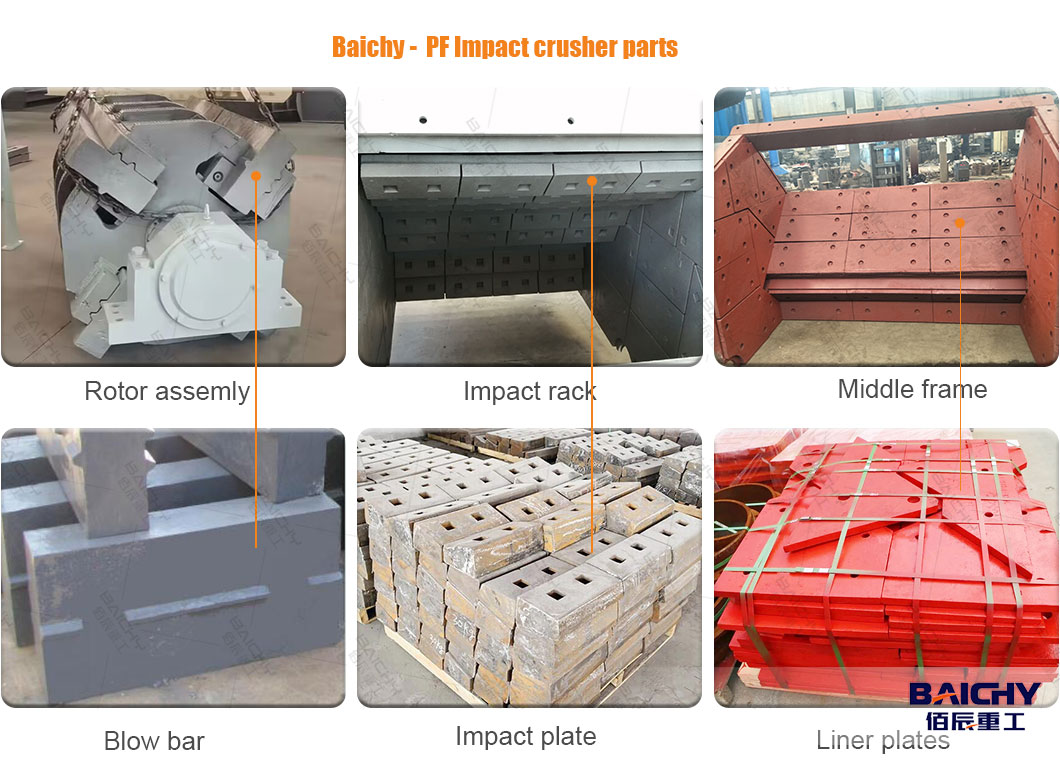
10. Professional Maintenance Contracts
Leverage Expertise for Complex Tasks:
- Schedule annual inspections by certified technicians to:
- Rebalance the rotor (critical for high-speed crushers).
- Perform ultrasonic testing on major components for internal cracks.
- Calibrate control systems (e.g., PLC monitors for rotor speed and temperature).
Summry
By following these maintenance tips, impact crusher owners can extend equipment lifespan by 30–50% while maintaining consistent performance. Regular inspections, proper lubrication, and proactive part replacement are key to avoiding costly breakdowns and ensuring safe, efficient operation. Remember: a well-maintained impact crusher not only saves on repair costs but also enhances aggregate quality and production throughput.








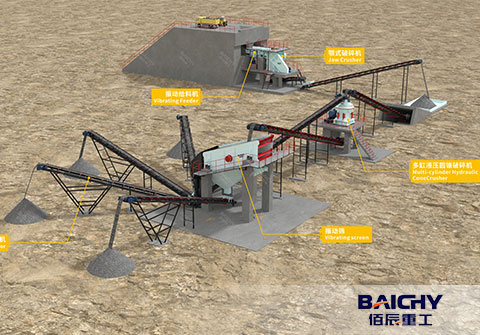
 2025-11-17
2025-11-17
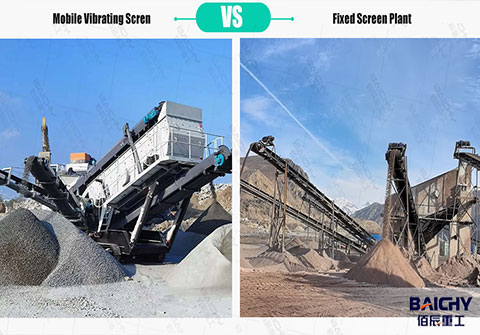
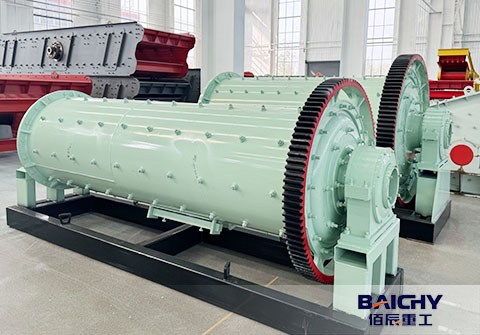
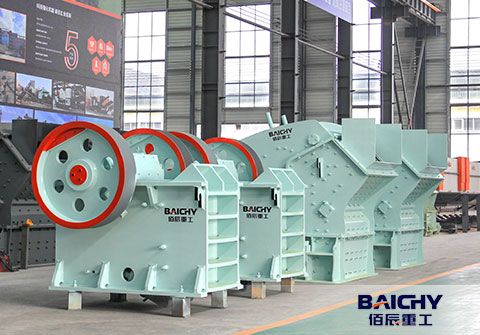
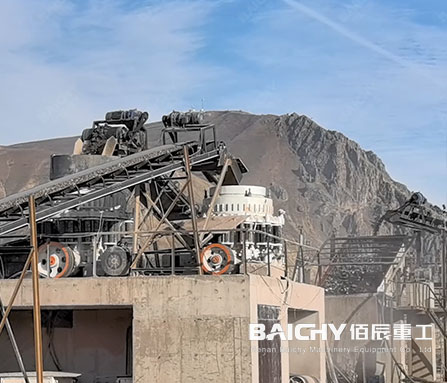
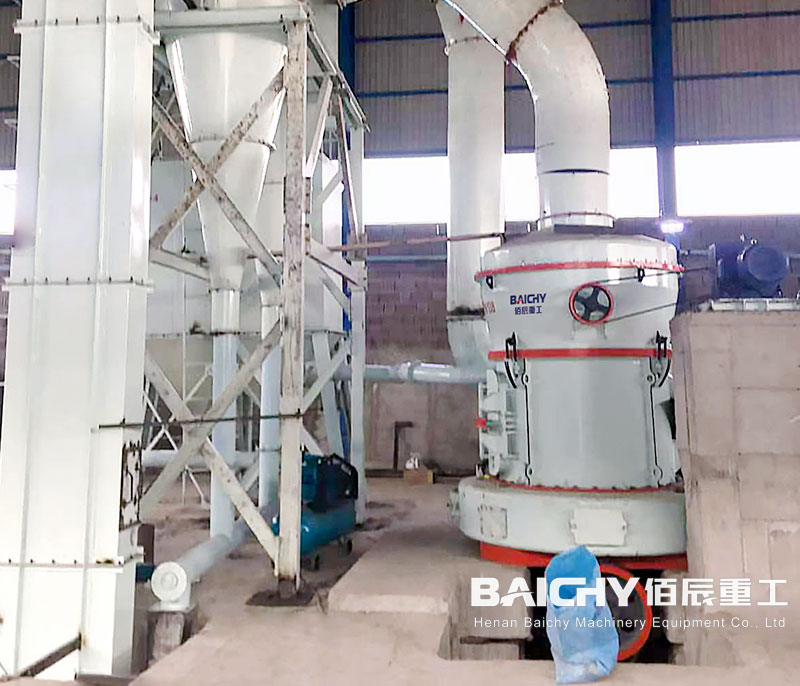
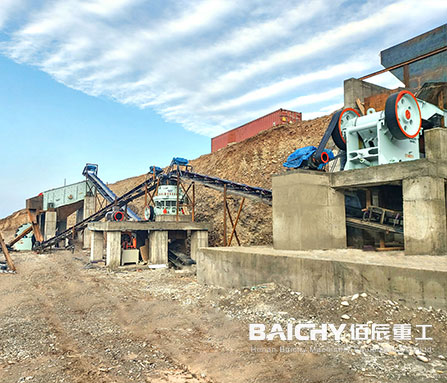
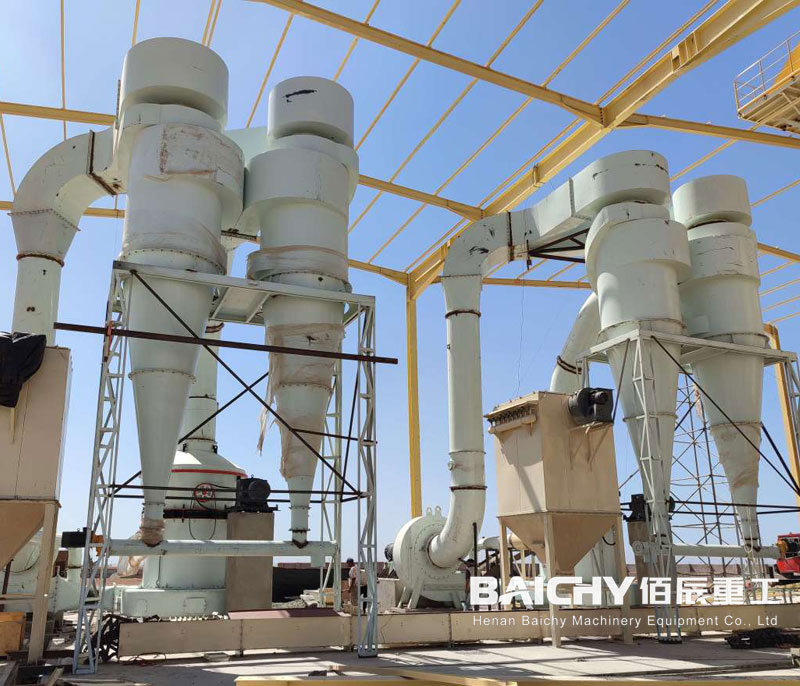














 86-15093113821
86-15093113821
 86-15093113821
86-15093113821

